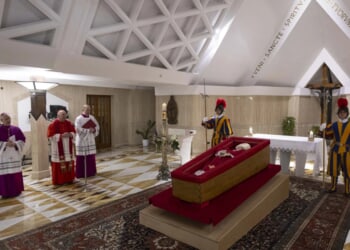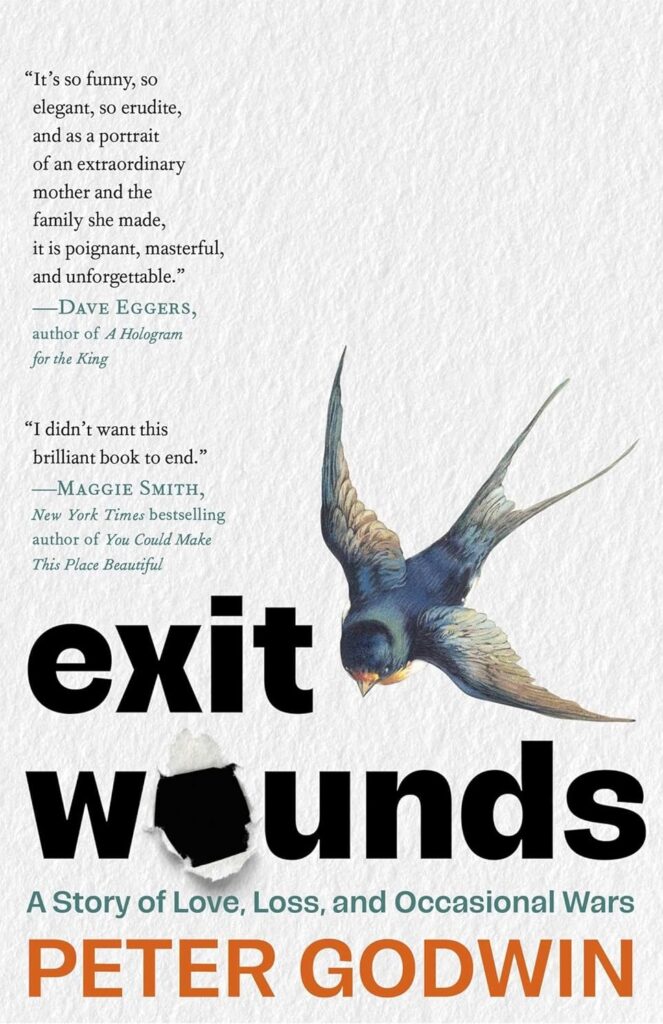
Exit Wounds: A Story of Love, Loss, and Occasional Wars, by Peter Godwin (Summit Books): Exit Wounds, the elegiac new memoir by the essayist Peter Godwin, bills itself as a “story of love, loss, and occasional wars.” Set in New York and England, but with Godwin’s native Zimbabwe never far from mind, the book considers the loss of a parent, the murder of a sister, the end of a marriage, and the longing for a lost country. Along the way, the author faces off against a sharp-tongued mother, a high-powered wife, and the dictator Robert Mugabe variously as his chief belligerents. Like a bullet wound, the points of entry in life are rarely as catastrophic as the exits. In his telling, Godwin contends with his wounds through reflection, humor, and quiet resolve. —JP
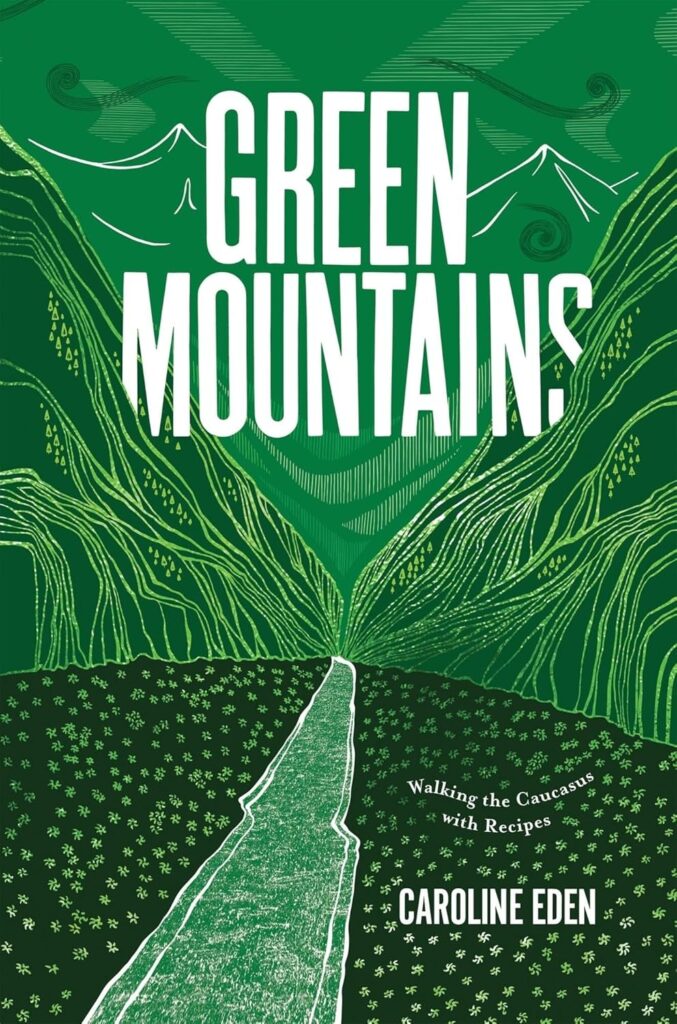
Green Mountains: Walking the Caucasus with Recipes, by Caroline Eden (Quadrille): Georgian food has ancient tales to tell. Take khachapuri, the pizza-like delicacy with countless variations for each of Georgia’s microregions. Start your journey on the shore of the Black Sea with the open-faced Adjaruli variety, shaped like the boats of fishermen. Here, Jason and the Argonauts first arrived to seek the Golden Fleece. Then, sail your way up the Phasis River as they did and encounter the quesadilla-like Imeruli, from the Imereti heartland, where Jason first saw Medea. Take a detour to sample the spiced-meat-filled kubdari pastry, from the snow-capped mountains of Svaneti, where they sieve for gold in the streams with sheepskins, and where some say the Fleece was hidden. This is the rich and storied culinary landscape of the Caucasus, and through it walks Caroline Eden to gather recipes and reflections for Green Mountains, the third volume of her “colour trilogy” set in Eastern Europe and Central Asia. Delicious photographs of food and more abound. —IS
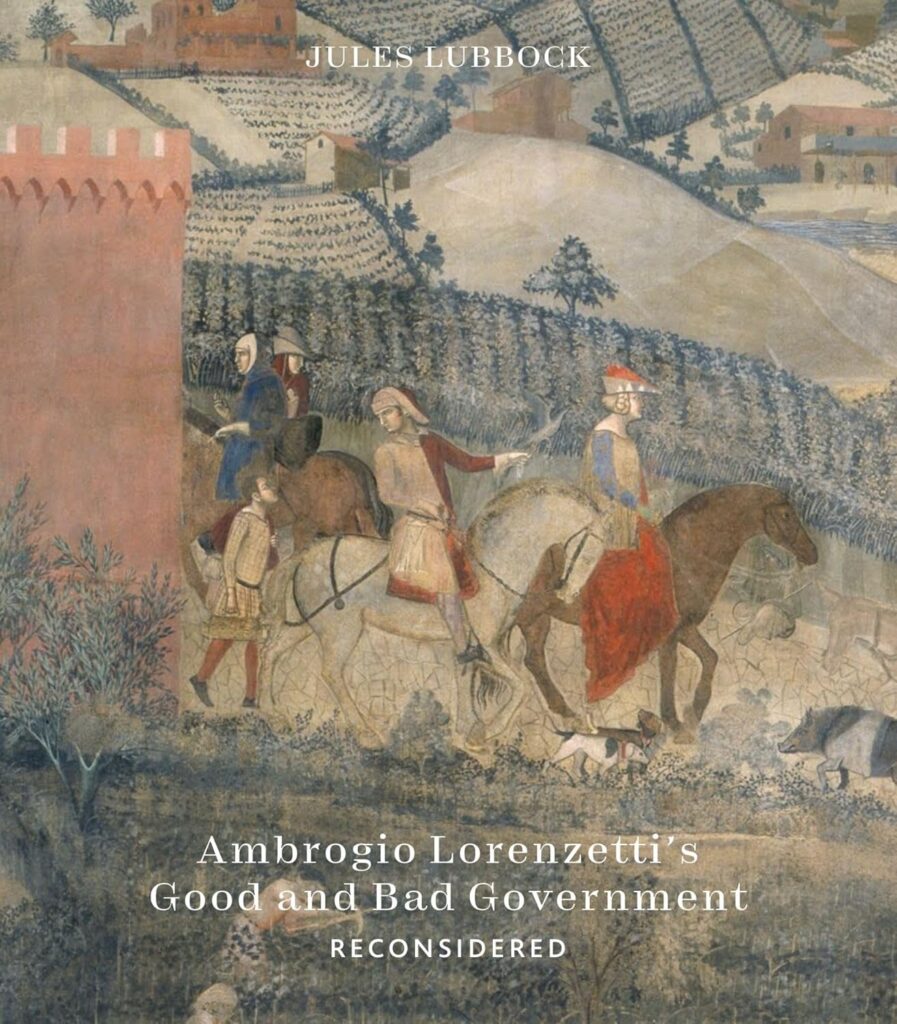
Ambrogio Lorenzetti’s “Good and Bad Government” Reconsidered, by Jules Lubbock (Ad Ilissum): The Lorenzetti brothers had a good showing at the Met a few months ago in the remarkable exhibition “Siena: The Rise of Painting, 1300–1350,” which our Karen Wilkin rightly described as “so thrilling, so visually sumptuous, and so impressive for its scholarship that the most appropriate response would be to look hard and say nothing.” In a new book, however, the art historian Jules Lubbock has plenty to say about Ambrogio’s famed fresco cycle in Siena’s Sala dei Nove, Allegory of Good and Bad Government (1338–39). Interpreting the paintings through the lens of the “Hymn to Justice” inscribed nearby, Lubbock brings new life to these ever-fascinating works. —BR
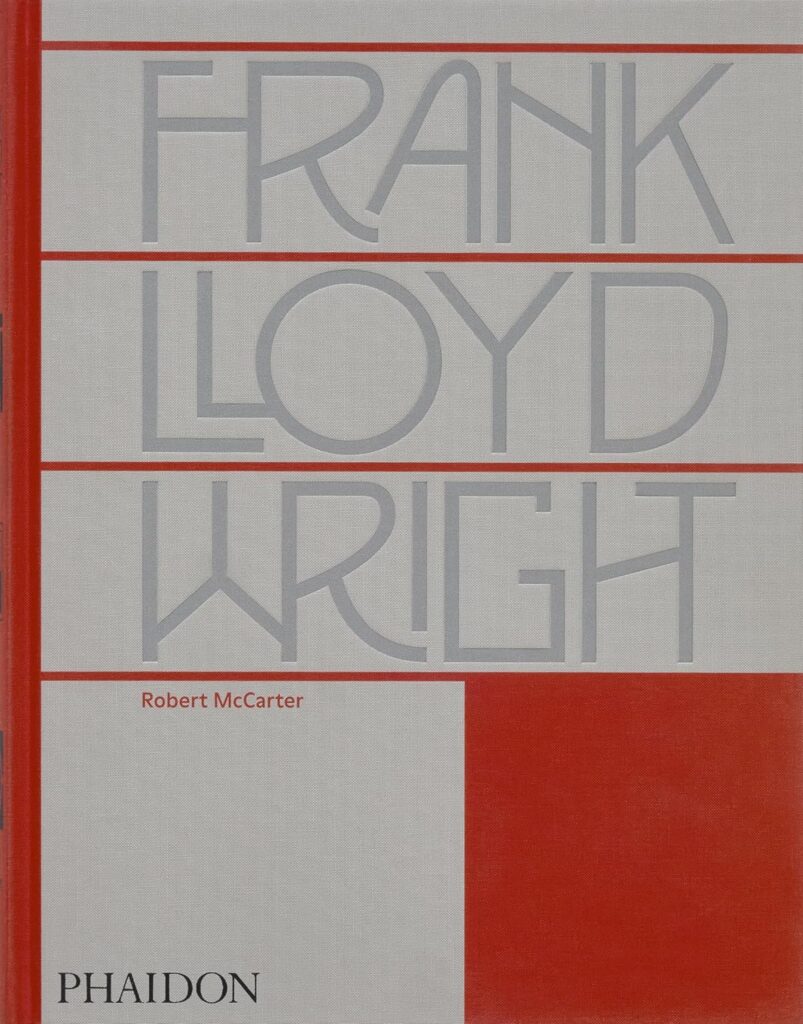
Frank Lloyd Wright, by Robert McCarter (Phaidon): “The land is the simplest form of architecture,” Frank Lloyd Wright once said. In turn, Wright formed his architecture in accord with the land: Fallingwater’s cantilevered terraces and façade of flat stones echo the jutting rock before it; the wide, flat Robie House, with its bands of Roman brick, was right at home in the once-empty plains of Chicago. Robert McCarter’s monograph on the architect, monumental in its own right and now in its second edition, discusses Wright’s work building by building and is loaded with photographs and sketches that render these designs all the more astonishing. —SM
Dispatch:
“A Viennese hour in Detroit,” by Thomas Philbrick. On a concert by the Detroit Symphony Orchestra.
By the Editors:
“Mass Hearings and Due Process by Zoom: A Modest Judicial Proposal”
Roger Kimball, American Greatness
From the Archives:
“Announcements,” by Jed Perl (November 1988). On gallery announcements & catalogues.
















